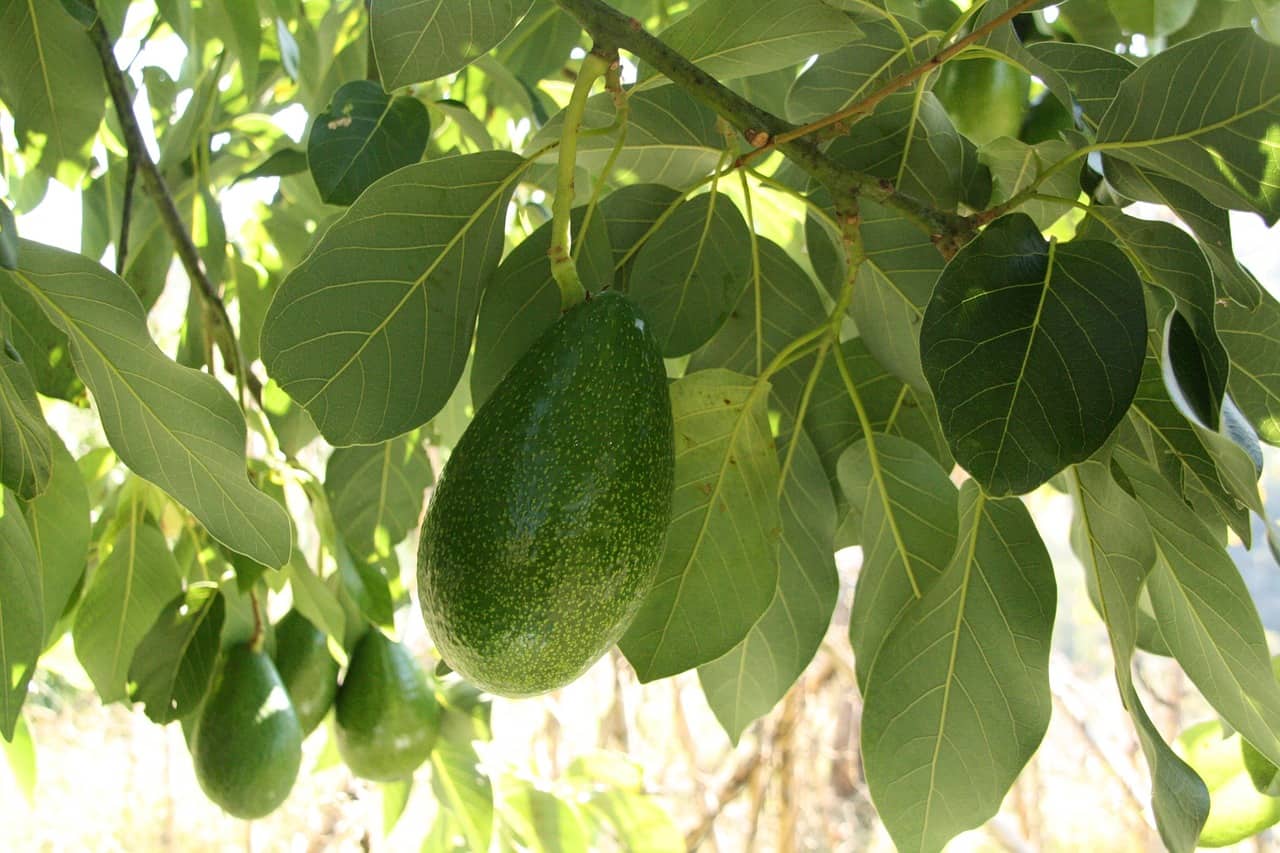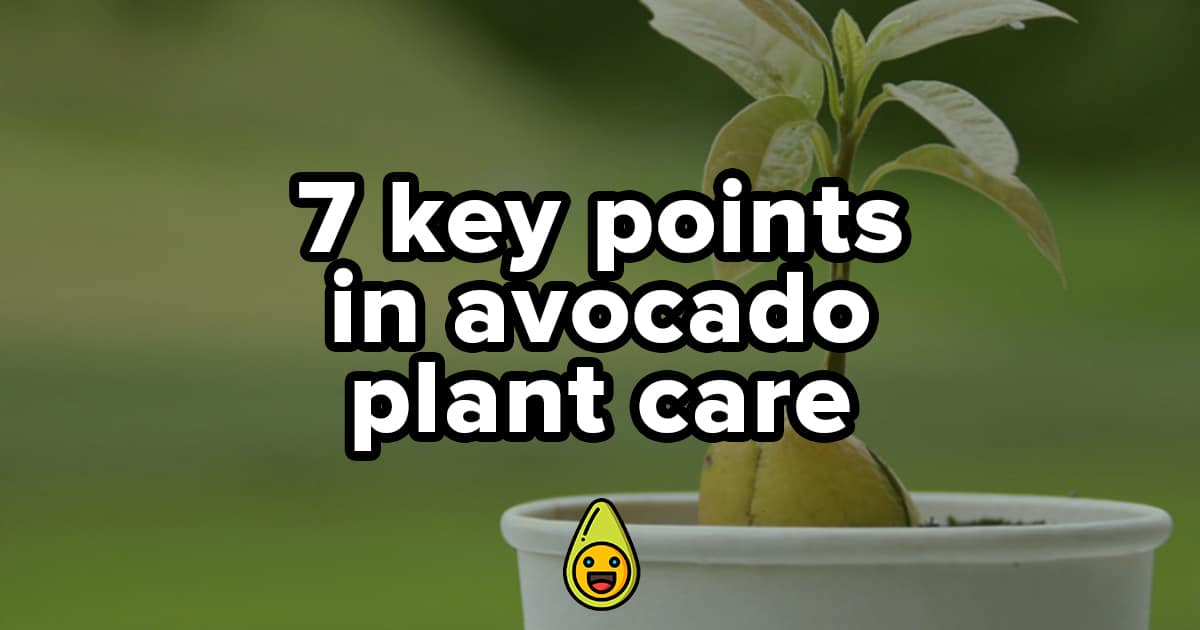The best way to keep your avocado tree healthy is by making sure it has enough water and fertilizer. One common problem may end up running into, “tip burn” where the browning starts at one tip and works its way all around until there’s no green left in sight; this can be due to many different factors like too little sun exposure or illness among other things so don’t worry if you notice some minor symptoms!
A nice thing about having an issue with this is that there will always come up sooner rather than later (like right now)
Table of Contents
Why do Avocado trees turn brown?
Avocado leaves tend to turn brown due to one of four reasons. Usually, tip burn happens because of specific characteristics of avocado tree biology. Below we have listed the most common reasons avocado leaves might turn brown.
Salt Accumulation
Sometimes avocado leaves turn brown because of the accumulation of chloride and sodium salts. This is very specific to avocado trees in general – most other plants don’t accumulate these particular minerals as much, so they remain green or stay healthy even when exposed!
Avocado trees’ sensitivity may be due to their inherent inability (or lack) outdoors exposure while growing upshoot during hot weather conditions which leads them to become more susceptible than others would otherwise do over time if not properly cared for by irrigation systems…
The most common cause for salt buildup is too much fertilizer application. If you are noticing that your soil has an orange tint, it may be time to switch over from using chemical fertilizers and go back to organic methods such as manure or compost which will help balance what’s been taken out by way of leaching with natural ingredients like rocks chips sea shells dissolved minerals found within the earth itself!
Avocado Root Rot
Tip burn is more likely to happen if you have a pathogen called Phytophthora cinnamomi in your trees. The pathogen causes the leaves of its host plant, such as oak or apple trees for example-to turn brown with an indication at their tips which may eventually become withered and dry up completely due this effect called “tip wear”.
If your avocado tree has this problem, growth comes out as limited, the canopy looks more sparse than usual and fruit may come out a smaller size. Avocado trees affected by this usually lack small roots or have small roots that are black.
If your avocado tree is affected by Phytophthora cinnamon, it may eventually decline and die. You can prevent this pathogen by planting your avocado tree in well-drained sites. You should also take care to provide your tree with a fungicide which encourages growth.
Iron Deficiency
Iron deficiency in avocado trees tends to happen in alkaline soils. Inadequate iron frequently appears on avocado trees as tip burn. Sometimes you can notice yellowing between veins and leaf drops.
Iron deficiency is made worse by poor soil drainage. You can address the problem of soil deficiency by correcting soil drainage, applying a foliar spray.
Anthracnose
Avocado anthracnose is caused by the fungus Colletotrichum gloeosporioides. If you notice changes in your avocado leaves, you might notice that the leaves turn yellow before they acquire tip burn and turn brown.
This disease may also cause shoot lesions, leaf drop, lesions on fruit and fruit decay. Usually, fungal spores spread by splashing water. This is why people turn to prune the tree to improve circulation, removing infected leaves, fruit, and twigs in the process.
However, pruning should only be done in dry weather. Another solution is treating the tree with a copper compound which prevents the infection of any healthy tissue on the tree.
How to save browning avocado leaves?
The first thing that is important to access regarding tip burn on avocado leaves is the amount of tip burn. A minor amount of tip burn on avocado leaves is no not a big deal and usually nothing to worry about.
If less than 10 percent of the canopy is brown there should be no problem or reduction when it comes to fruit yield. This means your avocado tree is in relative health. A little tip burn on avocado trees is pretty frequent. In the flowering season, avocado trees drop dead leaves and their healthy one’s flower.
This is why keeping tip burn to ten percent is recommended. Excessive tip burn and brown leaves may end up in fewer flowers, meaningless fruit. The most common reason for tip burn is salt accumulation, more specifically, chloride.
The answer to saving a tree with salt accumulation is watering. This is because chloride tends to move with water. Avocado cultivators tend to turn to leach to fix this problem. Essentially, overwatering extra water carries the chloride that has built up in the soil leading to tip burn.
How to leach?
There are two different ways to leach. This depends on the frequency of watering and the time. Some people will use micro-sprinklers and run them for up to 24 hours once a month during the summer.
This is typically done by farmers and by avocado tree cultivators rather than by people who do not have a lot of avocado trees and other vegetation to worry about. Some people simply add a little extra water whenever they irrigate. This is known as adding a “leaching fraction.”
Usually, the fraction should be 10 to 20 percent upon what the tree usually needs to grow well. This method is somewhat easier and has been known to produce better results when focusing on only a few trees. When it comes to irrigation and leaching, you should probably stick with sprinklers rather than drip irrigation.
Although drip irrigation is fine for younger trees, better results can be seen with adding a leaching faction using sprinklers. Typically, most tip burn is because of chloride and leaching should solve the problem in most cases. By adding the proper amount of water you should not have a problem with reversing tip burn in your trees.









